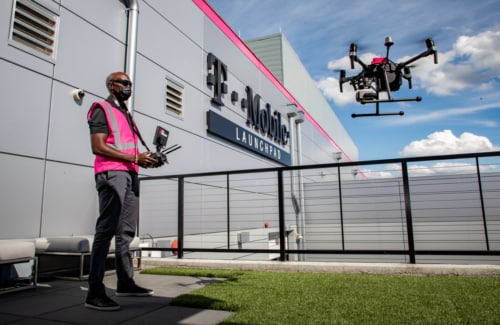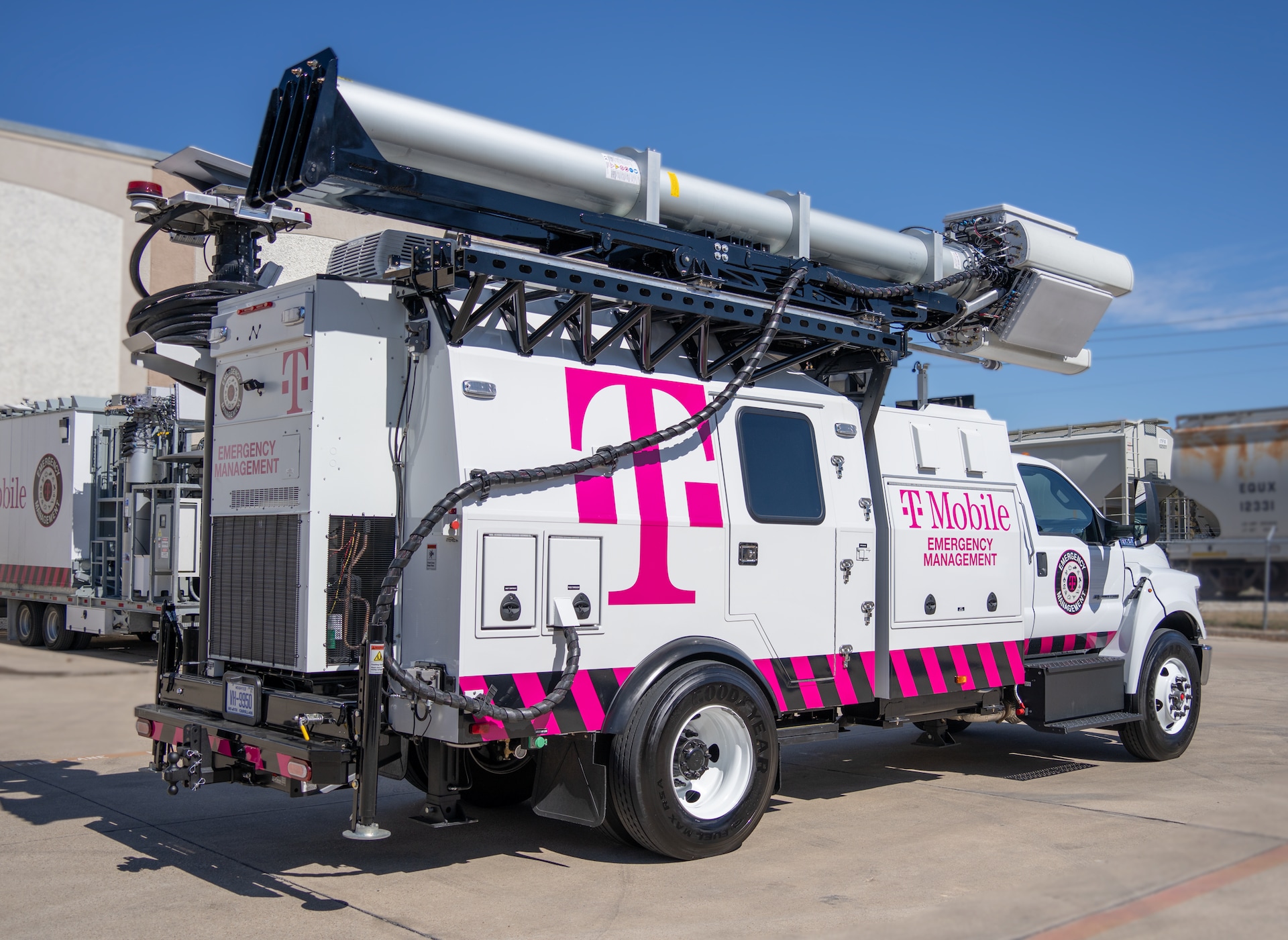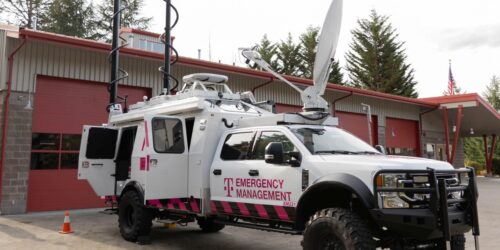Here come the drones! Today we kicked off a one-of-a-kind collaboration with the Drone Racing League (DRL), a cutting- edge, technology–first sports company where the world’s best drone pilots race high speed drones though elaborate courses in iconic locations around the globe. We are teaming up with DRL to fuel 5G innovation in two fast growing markets – drones and tech-powered sports. As we look at use cases for 5G, drones have to be one of the most compelling – and entertaining! Our partnership with DRL begins with the development of custom DRL racing drones powered by T-Mobile 5G. And from there we will create immersive new experiences for sports fans. But reimagining sports entertainment is just one way 5G will change our world.
From being the engine behind a new self-service economy, to industrial IoT, security monitoring, emergency response and so much more, autonomous 5G drones will dramatically transform industry and commerce.
T-Mobile’s History of Drone Innovation
T-Mobile has been active in drone development since 2015 working to integrate drones with the network to enable operations such as delivery services and infrastructure inspection. T-Mobile is a member of the Small UAV Coalition, an industry group focused on drone legislation and policy at the federal level. And T-Mobile is active in policy and technology forums such as the FAA Technical Advisory Committee for Drone Remote Identification and Tracking, The FAA’s Drone Integration Pilot Program and the FAA’s industry cohort for Remote Identification implementation.
Our goal is to help safely integrate small UAVs into the national air space and fuel innovation that will drive economic growth by bringing new services and capabilities to businesses and consumers. With T-Mobile 5G we are working to unlock advanced drone operations such as flight that goes well beyond line of sight.
One application we are making great progress on is the development of drones for emergency response – basically putting mini cell sites on drones. And with a Standalone nationwide 5G network and Extended Range 5G service using 600 MHz spectrum, we see tremendous opportunity to enable both line-of-sight and non-line-of-sight connectivity using 5G drones in the future for search and rescue operations as well to fly in temporary cellular connectivity.
So Many 5G Use Cases for Drones!
The opportunities that exist for drones are endless. In the public health realm, consider just this one example, Unmanned Life. This innovative company recently graduated from the T-Mobile Accelerator and is developing autonomous drones to disinfect public places in the UK to help fight COVID-19. In addition, it will deploy autonomous UAVs within the Oxford region to deliver medical supplies from pharmacies to patients at home fighting COVID-19. What a timely new use case that no one could have imagined just 9 months ago!
At a time when consumers are putting health and safety at the top of their shopping lists, drone services can also pave the way for the next generation of digital-first, touchless commerce powered by T-Mobile’s 5G network. In the ever-evolving retail space, we have come a long way with advancing the self-service economy, but on-demand drone and robotic delivery will take contactless shopping to new levels.
Autonomous drone swarms will also unlock industrial IoT applications across numerous vertical industries. Coordination of drone swarms in the sky and on the ground will require Artificial Intelligence and Machine Learning for these systems to work together, and cloud or edge computing to provide the necessary communication latency. With each device in a swarm having its own cameras and sensors feeding data into the system, this kind of complexity will rely on the type of high-bandwidth, low-latency 5G network that T-Mobile is building.
T-Mobile 5G, a Platform for 5G Drone Innovation
The key for drone services to become ubiquitous is having a highly reliable, responsive broad coverage Standalone 5G network to manage all the traffic. Whether it is a new pair of jeans going to a teen in the suburbs of Seattle or medical supplies going to a doctor in rural America, maintaining a constant and reliable 5G connection from the warehouse to the customer will be key. This level of 5G network reliability and coverage is exactly what T-Mobile is building.
Low latency is key to drone development taking off, as it will enable quick coordination of drones in the air and the ability for Traffic Management Systems to approach real-time awareness of drones and other obstacles. Standalone 5G is the foundation for low-latency, ultra-reliable applications and T-Mobile was first in the world to launch a nationwide Standalone 5G network. In Standalone areas, our engineers have already seen up to a 40% improvement in latency during testing, and that is just the beginning.
With the first and only nationwide Standalone 5G network and a multi-band 5G strategy, now is the time for entrepreneurs and developers to build the drone applications and services that will unleash T-Mobile’s 5G network. We are excited to fuel this innovation through our work with the 5G Open Innovation Lab, T-Mobile Accelerator and T-Mobile Ventures investment fund.
We cannot wait to see T-Mobile 5G drones take flight in 2021 and beyond!





